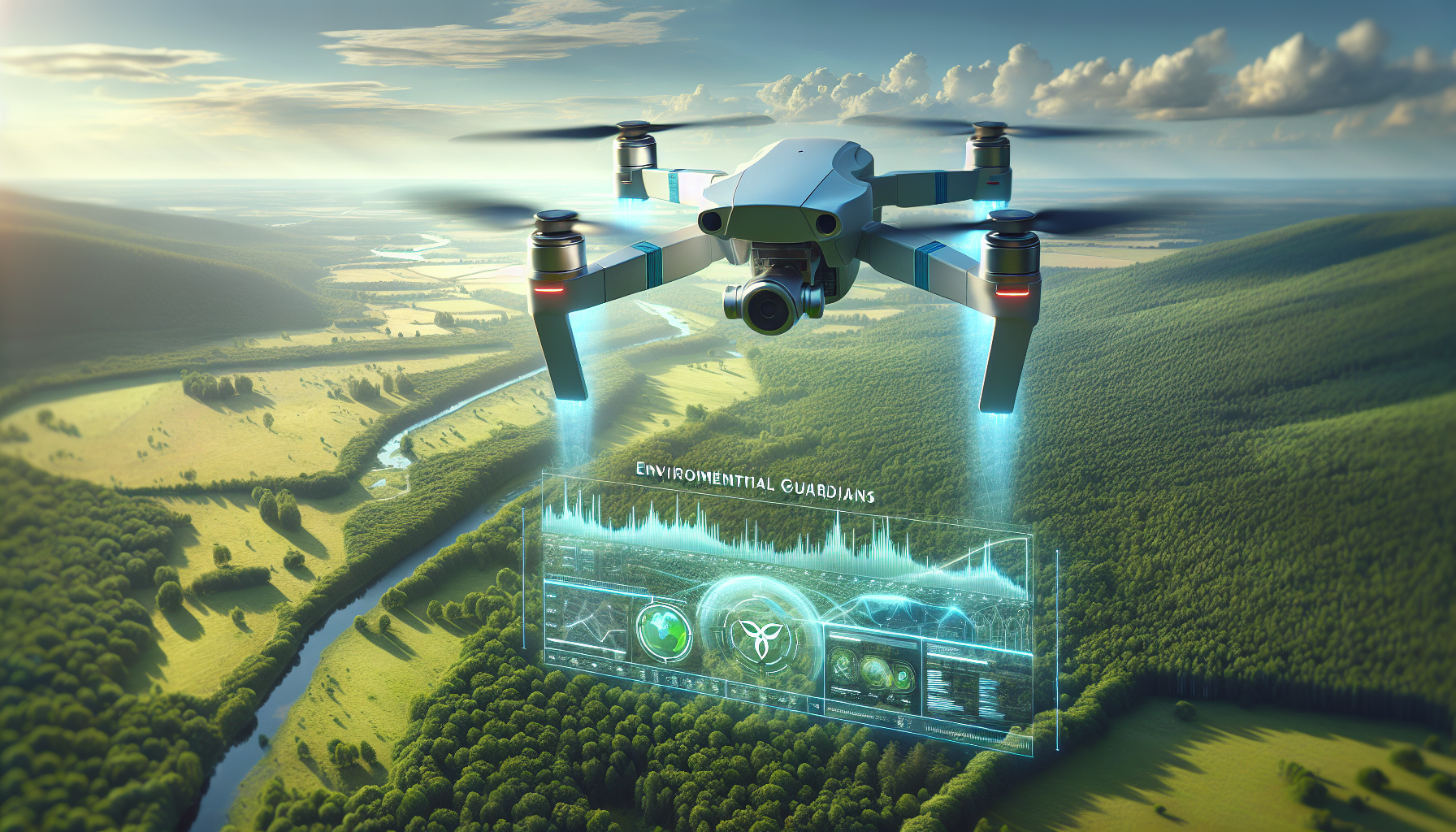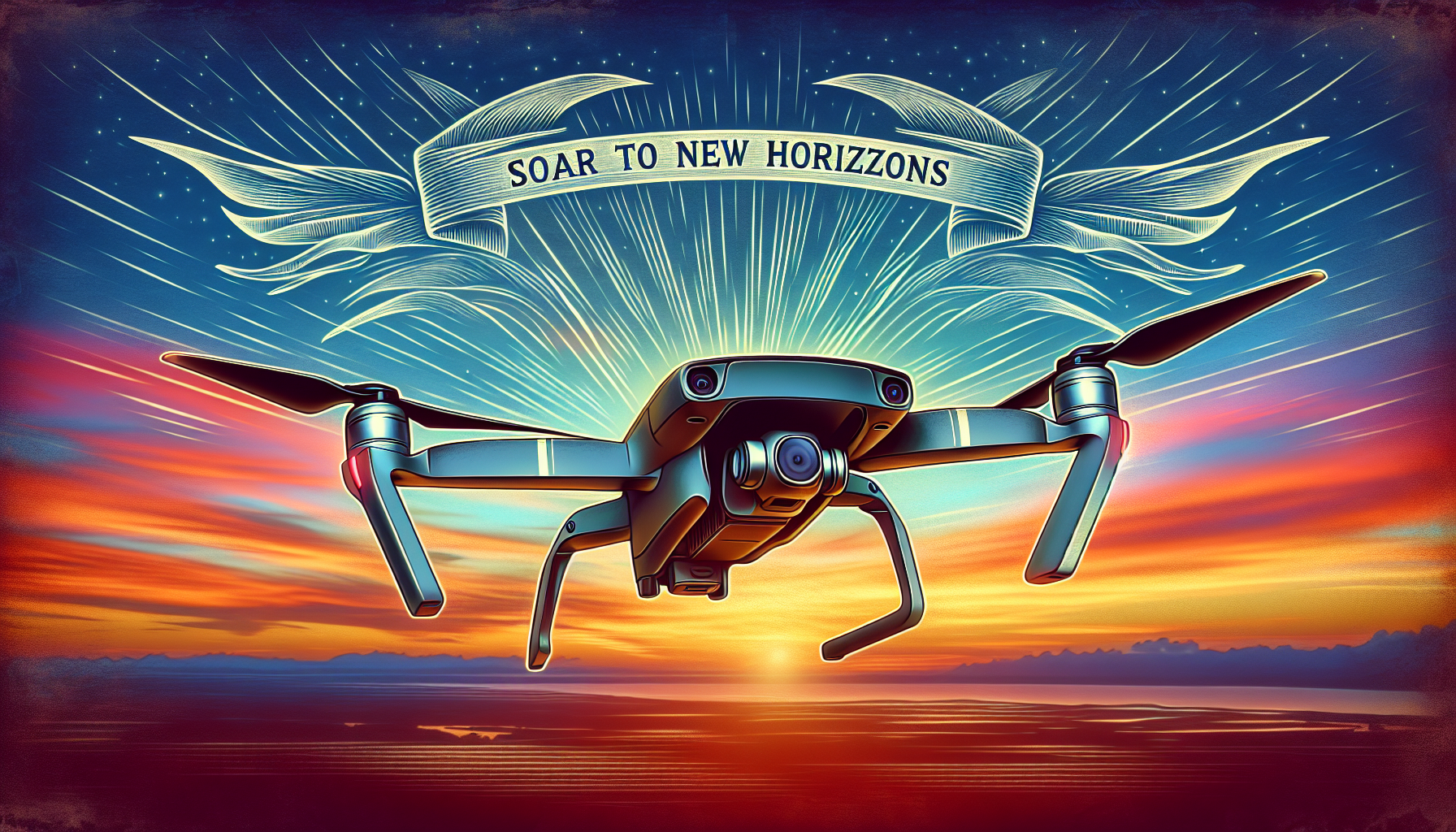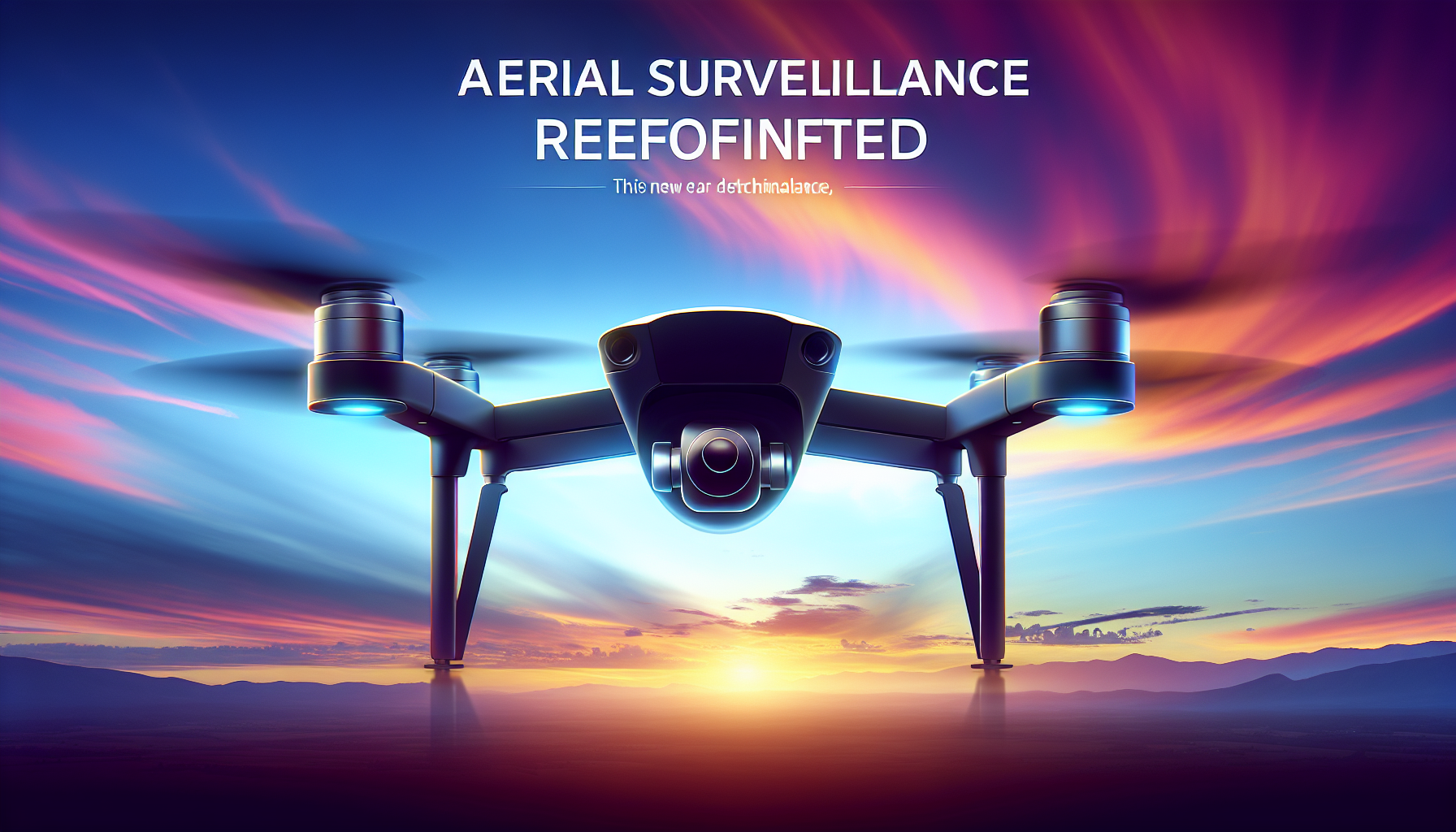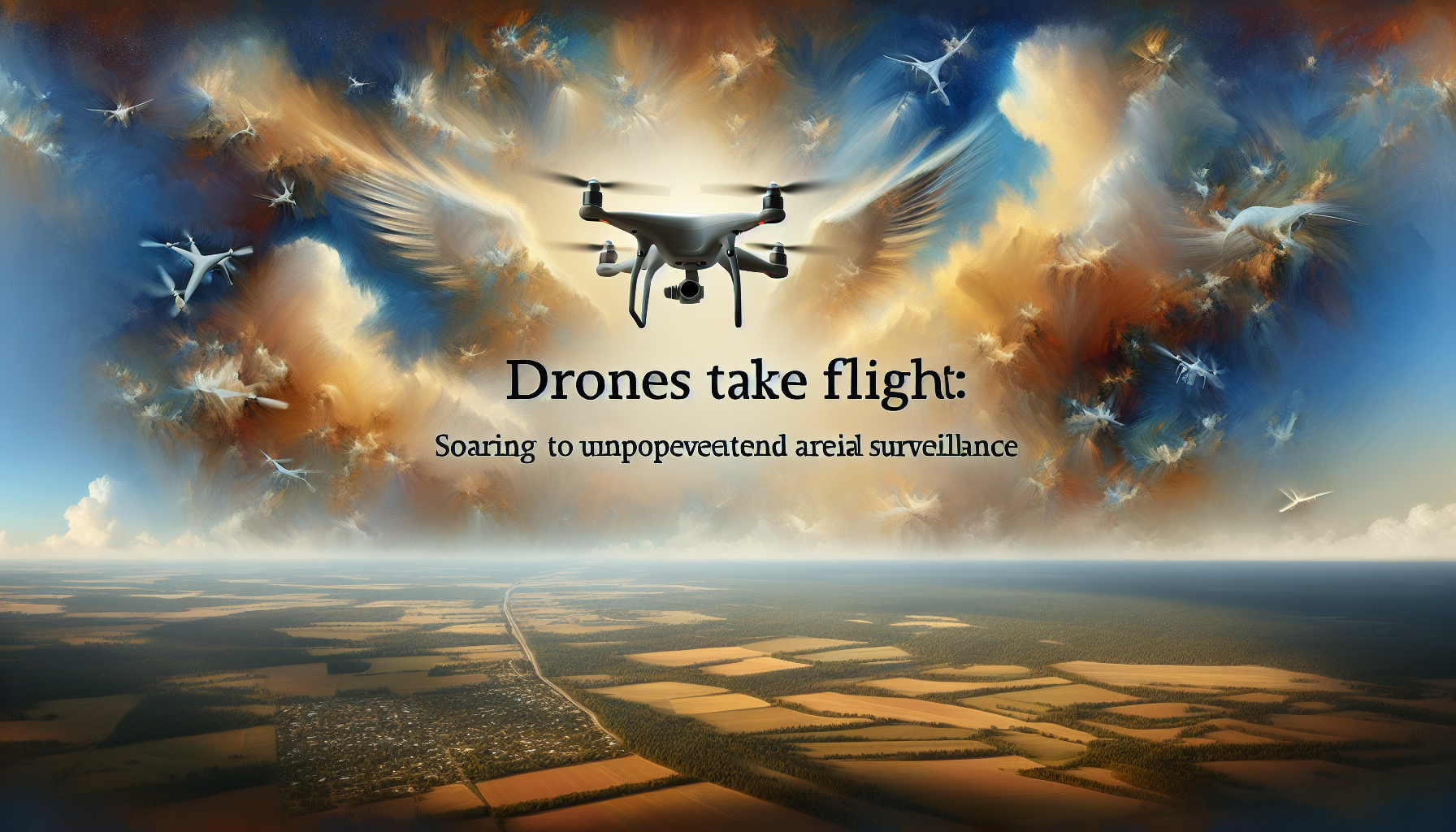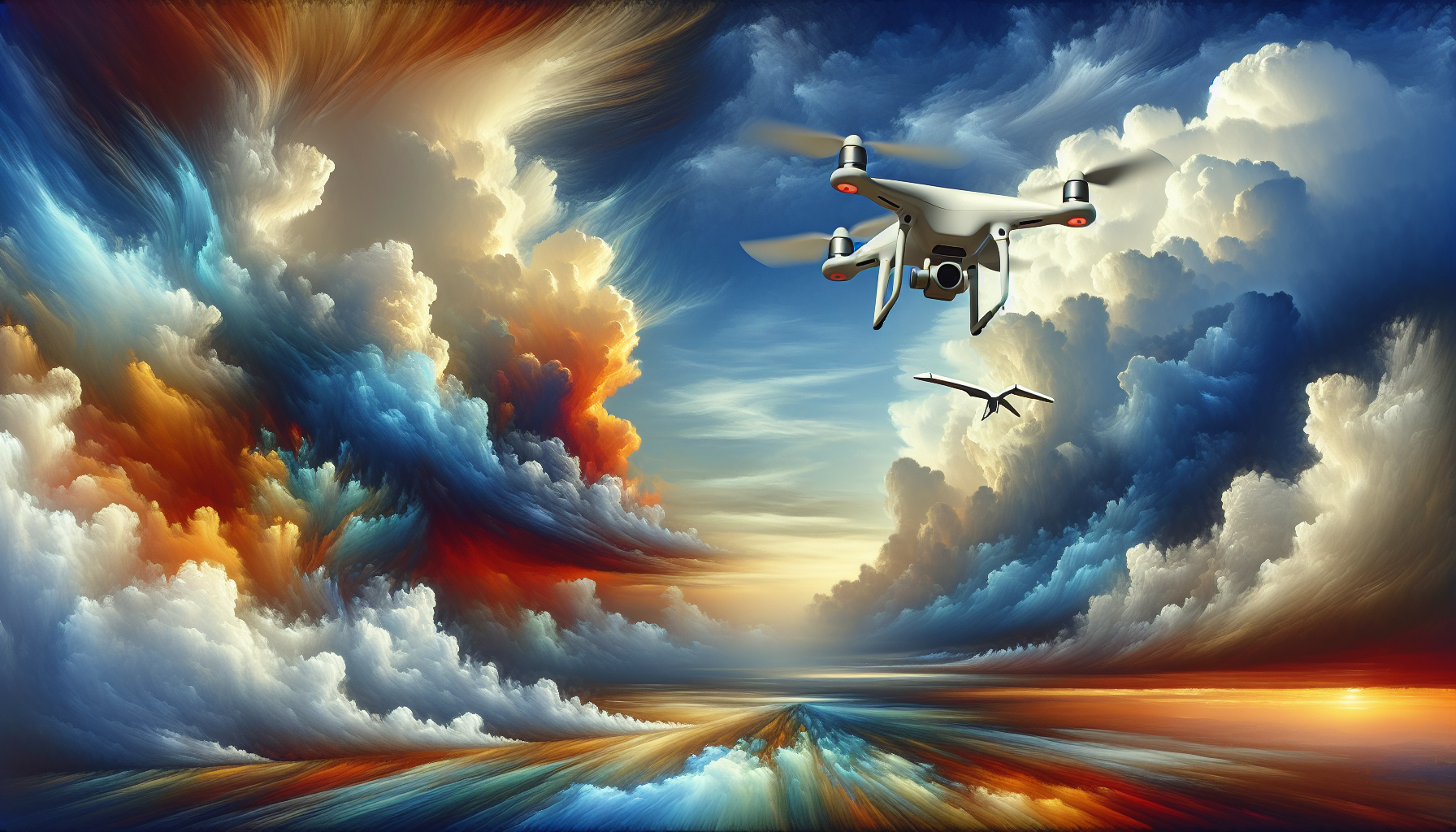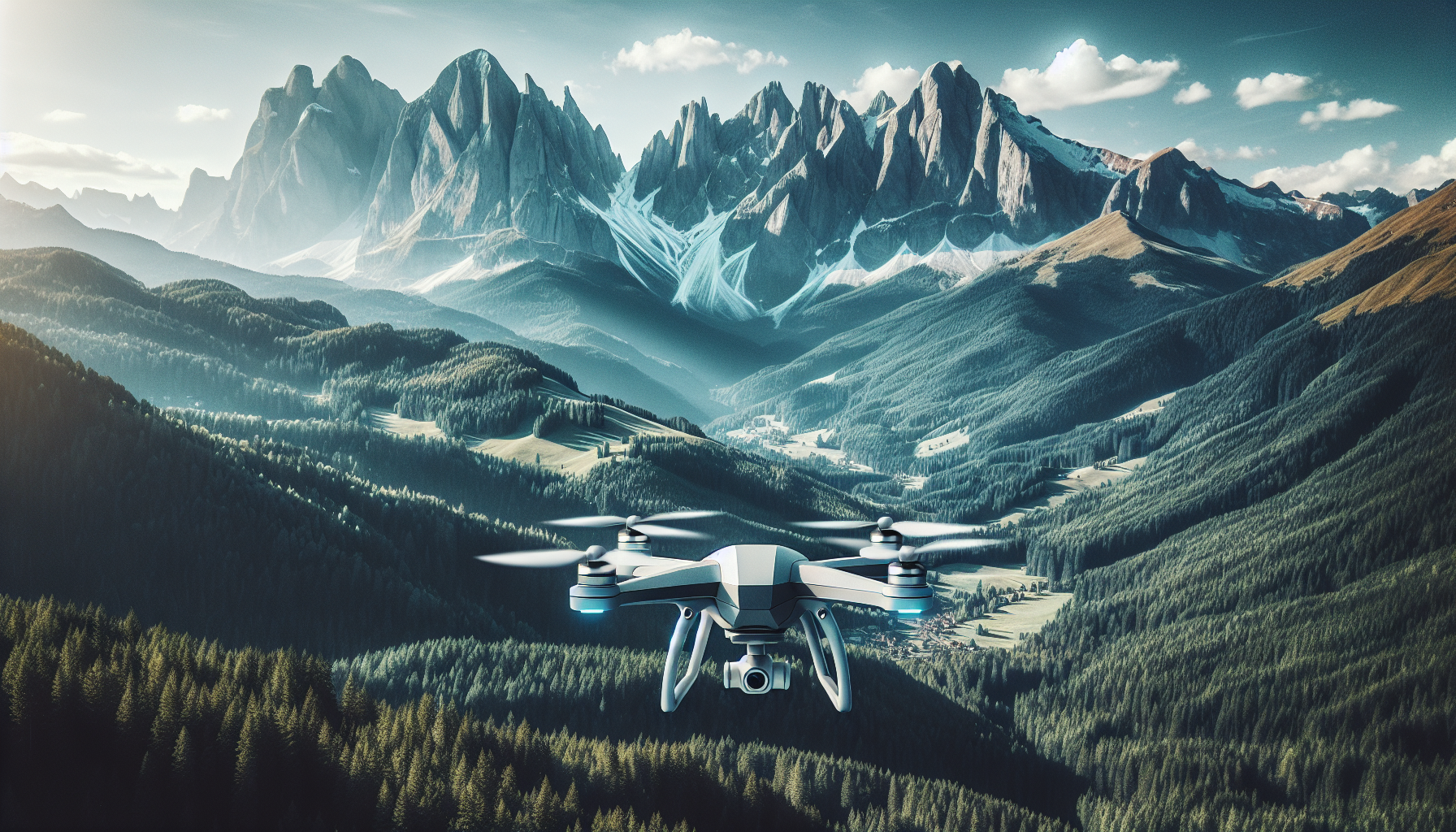Exploring the Skies: How Drones Are Revolutionizing Environmental Impact Monitoring
As a passionate drone enthusiast, I’ve witnessed firsthand the incredible potential of aerial drone technology in transforming environmental research and conservation efforts. These remarkable flying machines are not just high-tech gadgets; they’re powerful tools that are reshaping our understanding of the natural world in ways we could only dream of just a decade ago.
The Environmental Sentinel: Drones as Ecological Watchdogs
Imagine being able to survey vast wilderness areas, track wildlife populations, and monitor environmental changes with unprecedented precision – all without disturbing delicate ecosystems. This is the promise of drone technology in environmental research. These aerial marvels have become invaluable allies for scientists, conservationists, and environmental researchers around the globe.
The versatility of drones is truly mind-blowing. From tracking endangered species to mapping deforestation, these flying robots are revolutionizing how we collect and analyze environmental data. Unlike traditional ground-based or satellite-based methods, drones offer an unparalleled combination of flexibility, cost-effectiveness, and detailed imaging capabilities.
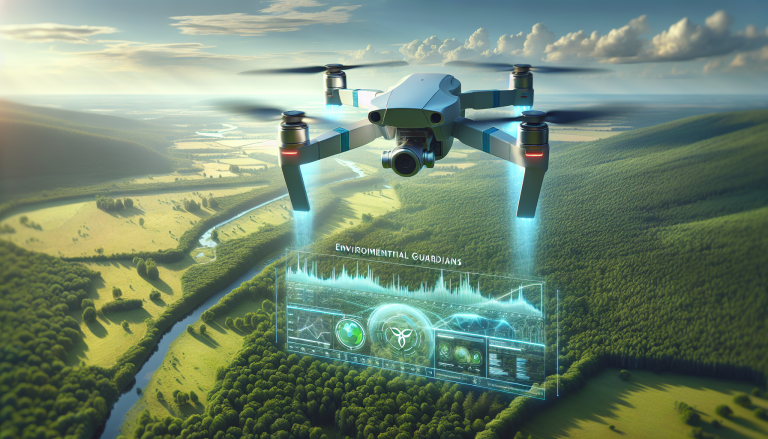
Wildlife Conservation: Eyes in the Sky
One of the most exciting applications of drone technology is wildlife monitoring. Traditional wildlife tracking methods often involve intrusive ground-based approaches that can stress animals and provide limited data. Drones change the game completely. Equipped with high-resolution cameras and thermal imaging technology, these aerial drones can:
– Track animal populations without physical intrusion
– Monitor migration patterns
– Detect poaching activities
– Assess habitat conditions
– Conduct population counts with remarkable accuracy
Dr. Sarah Martinez, a leading wildlife biologist, notes, “Drones have transformed our ability to study and protect wildlife. We can now observe animals in their natural habitat with minimal disruption, gathering data that was previously impossible to collect.”
Climate Change Monitoring: A Bird’s Eye View
The battle against climate change has found a powerful ally in drone technology. These aerial devices are now critical in monitoring environmental changes that were once challenging to track. They provide:
– Detailed mapping of glacial retreat
– Precise measurements of forest cover
– Monitoring of coastal erosion
– Assessment of agricultural land conditions
– Tracking of environmental degradation in remote areas
The level of detail captured by drone technology is nothing short of revolutionary. High-resolution imaging and advanced sensors can detect subtle changes in vegetation, water levels, and land use that might go unnoticed through traditional monitoring methods.
Challenges and Considerations
Of course, the use of drones in environmental research isn’t without challenges. Privacy concerns, regulatory restrictions, and technological limitations continue to be significant hurdles. Researchers must navigate complex legal landscapes and address potential environmental impacts of drone usage itself.
Battery life, weather conditions, and technical complexities remain ongoing challenges. However, rapid technological advancements are continuously addressing these limitations, making drones increasingly reliable and effective tools for environmental research.
The Future of Environmental Monitoring
Looking ahead, the potential of drone technology in environmental research is absolutely mind-blowing. Emerging technologies like AI-powered image recognition, advanced sensor technologies, and improved battery systems are set to take environmental monitoring to unprecedented levels.
Imagine swarms of intelligent drones working collaboratively to map entire ecosystems, track climate changes in real-time, and provide unprecedented insights into our planet’s most delicate environments. This isn’t science fiction – it’s rapidly becoming our scientific reality.
Ethical and Responsible Use
As drone enthusiasts and environmental researchers, we have a responsibility to use this technology ethically and sustainably. This means:
– Minimizing environmental disruption
– Adhering to strict regulatory guidelines
– Prioritizing data accuracy and scientific integrity
– Continuously improving technological approaches
The environmental research community must work hand-in-hand with drone technology experts to develop responsible and effective monitoring strategies.
Conclusion: A New Era of Environmental Understanding
Drone technology represents more than just a technological advancement – it’s a paradigm shift in how we understand and interact with our environment. These aerial drones are not just tools; they’re our eyes in the sky, providing unprecedented insights into the complex systems that sustain life on our planet.
As someone who has spent countless hours exploring the incredible potential of drone technology, I can confidently say we’re witnessing a scientific revolution. Each flight represents a step toward better understanding, protecting, and preserving our incredible natural world.
The sky is no longer the limit – it’s our new frontier of environmental research.


